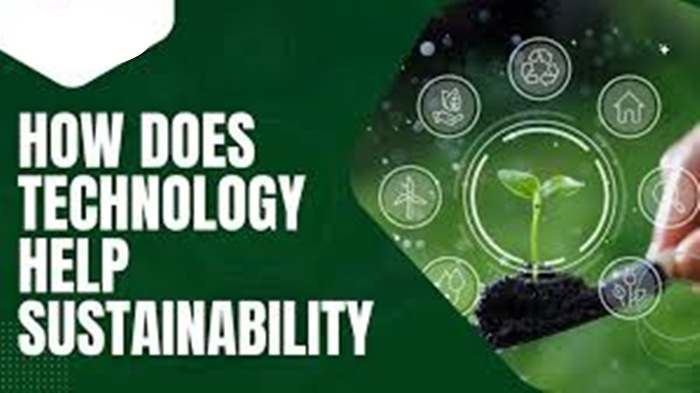In this article, we discussed the role of technology sustainable living, we also talked about the meaning and examples.
Definition
Technology is the application of scientific knowledge for practical purposes or applications. Technology uses scientific principles, and applies them to change the environment in which humans live. Technology can also use scientific principles to advance industry or other human constructions. It provides sustainable solutions through renewable energy sources such as solar, wind, and hydroelectric power. These sources of energy are clean, affordable, and renewable, and their addition can reduce greenhouse gas releases, moderate climate change, and promote development.
Sustainable technology involves solutions that help reduce the environmental impact of IT structure across its entire lifecycle. is an umbrella term that describes innovation that considers natural resources and fosters economic and social development. The goal of these technologies is to extremely reduce environmental and environmental risks and to create a sustainable product.
Sustainability in technology can be defined in a few ways:
- Substitution. The technology fosters a shift from non-biodegradable to biodegradable materials in its production. It also replaces non-renewable with renewable resources.
- Prevention. The sustainable technology prevents deterioration, contamination, and other negative environmental impacts through its use or production.
- Efficiency. The technology is efficient in terms of its use of energy and resources.
Common examples of sustainable technology and revolutions include:
- Public and electric transport
- LED light technology
- Solar power
- Carbon capture and storage technologies
- Self-sufficient and Lead buildings and construction.
THE ROLE OF TECHNOLOGICAL SUSTAINABLE LIVING
Sustainable living is development that meets the needs of the present without cooperating the ability of future generations to meet their needs. It involves the addition of social, economic, and environmental factors to create a sustainable future. Technology has a significant role to play in achieving development, and its combination can provide sustainable solutions for energy, agriculture, water, transportation, and waste management, among other areas. Below are some examples of how technology can contribute to sustainable development:
Energy
The world is suffering an energy crisis due to the increasing demand for energy and the fixed supply of fossil fuels. Technology provides sustainable solutions through renewable energy sources such as solar, wind, and hydroelectric power. These sources of energy are clean, affordable, and renewable, and their integration can reduce greenhouse gas emissions, mitigate climate change, and promote development.
Agriculture
Technology can contribute to sustainable agriculture through care farming, which involves the use of technologies such as whirrs, devices, and GPS to recover crop yields, reduce the use of fertilizers and insecticides, and keep water. These technologies can also reduce the carbon footprint of agriculture, promote sustainable land use practices, and improve food security.
Water
Technology can provide sustainable solutions for water management through the use of smart water systems, which involve the use of devices and data analytics to monitor and manage water resources. These systems can reduce water wastage, improve water quality, and promote sustainable water management practices.
Transportation
Transportation is a critical aspect of development, and technology can provide sustainable solutions through electric vehicles, smart public transportation systems, and green logistics. These solutions can reduce greenhouse gas productions, promote sustainable growth, and improve mobility while reducing environmental impacts.
Waste Management
Technology can provide sustainable solutions for waste management through the use of waste-to-energy technologies, recycling, and composting. These technologies can reduce waste generation, conserve resources, and promote sustainable consumption and production.
Conclusion
The integration of technology in sustainable development presents both challenges and opportunities. While technology can provide sustainable solutions for various sectors, there are challenges such as inadequate infrastructure, lack of access to technology, economic barriers, and social and cultural barriers. To leverage technology, there is a need for a all-inclusive approach that integrates social, economic, and environmental factors and promotes equitable access to technology and development opportunities. The opportunities for leveraging technology in sustainable development include renewable energy, accuracy agriculture, sustainable transportation, sustainable water management, waste management, artificial intelligence, and education. To achieve sustainable development, there is a need for associating among governments, private sector actors, civil society organizations, and academia to promote revolution, volume building, and global cooperation.

